Service hotline
+86 0755-83975897
 en
en Release date:2025-02-24Author source:KinghelmViews:1475
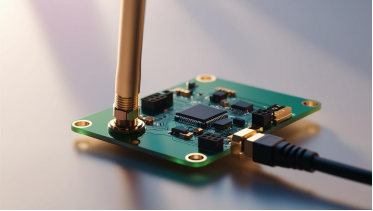
In the dazzling galaxy of wireless communication technology, PCB antennas stand out as a shining star. Each step from their design to application embodies the wisdom of technology and the spark of innovation. Today, let's delve into the core technologies of PCB antennas, unveiling their intriguing and captivating nature.
A PCB antenna is created by printing a conductive trace onto a printed circuit board (PCB). The trace can be designed in various shapes, such as straight lines, inverted F-shapes, serpentine, or circular patterns. The length of the trace, typically around a quarter of the wavelength, allows it to effectively radiate or receive signals.
● Gain: >2.0 dBi
● Operating Bandwidth: >150 MHz
● S11 (Return Loss) within Bandwidth: < -10 dB
● Input Impedance: 50 Ω
● VSWR (Voltage Standing Wave Ratio): <2.0
By designing specific metal conductor patterns on the PCB, electromagnetic waves are utilized for transmitting and receiving wireless signals. The performance of the antenna is influenced by factors such as conductor design and PCB material properties.
Typically, traditional FR4 or other rigid substrates are used. These materials are processed through techniques such as printing and etching. While FR4 provides good mechanical strength and stability, it is relatively thick and less flexible.
● Frequency: Determines the range of signals that can be sent and received. The physical size of the antenna is related to the frequency; lower frequencies require longer antenna lengths.
● Gain: Determines the level of radiated power. Higher gain results in a greater radiation range.
● Directivity: Defines the range of directions in which the antenna radiates and receives signals. Higher directivity means better signal transmission in specific directions.
● Impedance Matching: Necessary for matching with the radio frequency transmitter or receiver to ensure maximum signal transmission efficiency.
1. Appearance
PCB antennas are printed on the circuit board and usually made from metal foil, while rod antennas are long and slender, typically made from metal rods.
2. Performance
PCB antennas generally have lower gain and narrower bandwidth but can be designed for multiple frequency bands and polarization directions. Rod antennas usually offer higher gain and wider bandwidth but are typically designed for single frequency bands and polarization directions.
3. Applications
PCB antennas are commonly used in small devices and low-power applications, such as smart home devices, wearable technology, and IoT devices. Rod antennas are generally used in larger devices and high-power applications, such as televisions, radio communications, and radar systems.
PCB antennas, as core components in the field of wireless communication, demonstrate the depth and breadth of technology from design to application. They not only optimize device performance but also expand the boundaries of wireless communication.
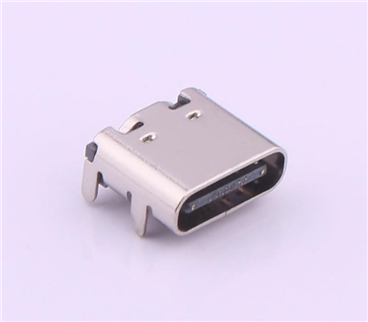
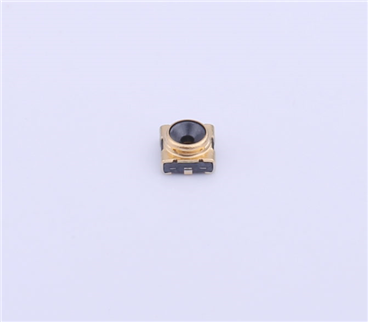
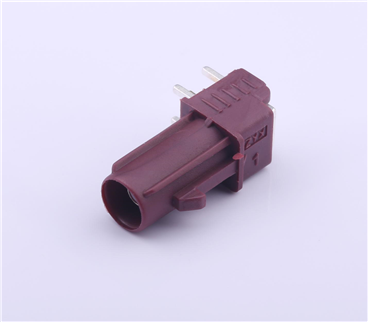
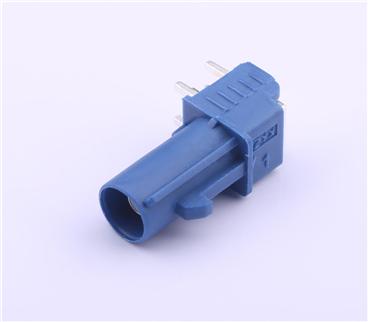
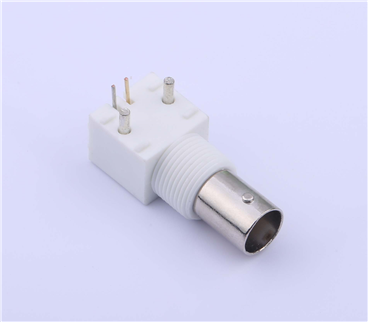
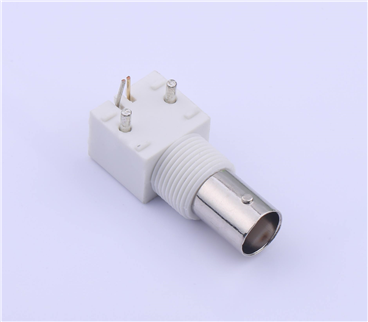
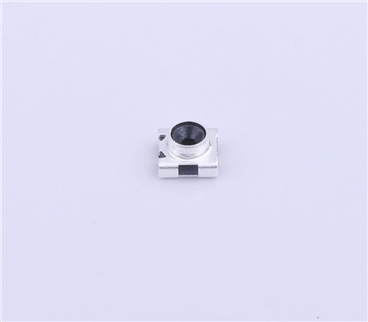
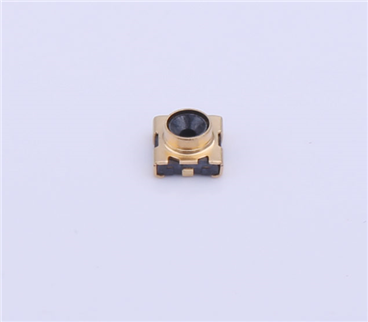
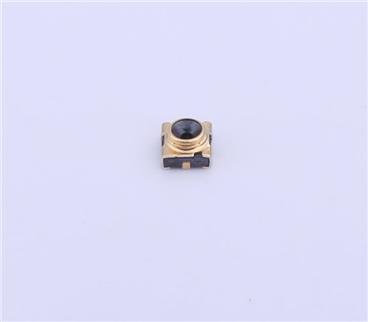
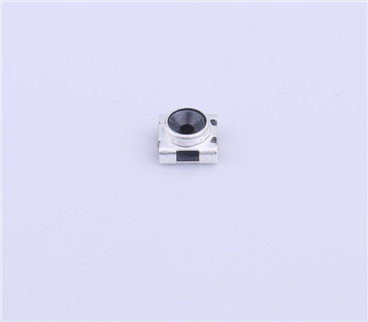
Copyright © Shenzhen Kinghelm Electronics Co., Ltd. all rights reservedYue ICP Bei No. 17113853
